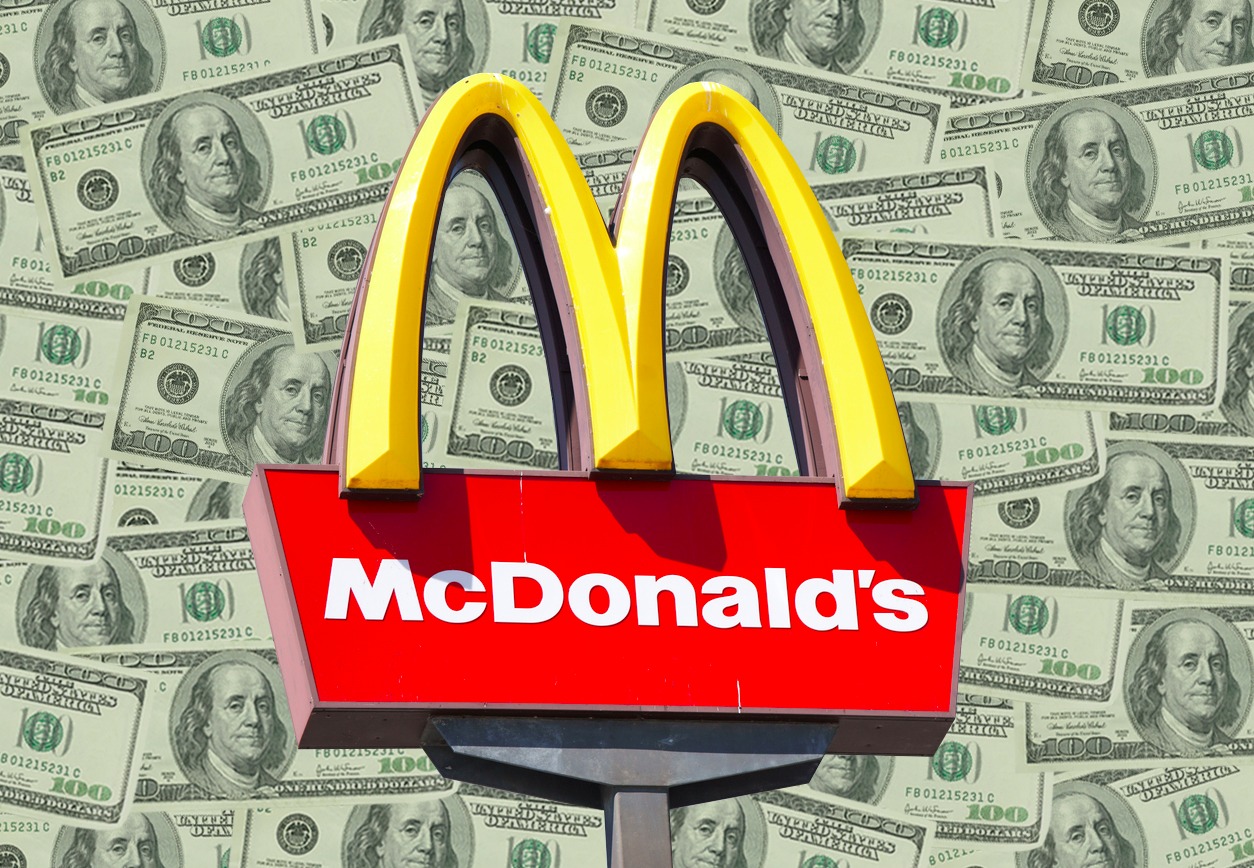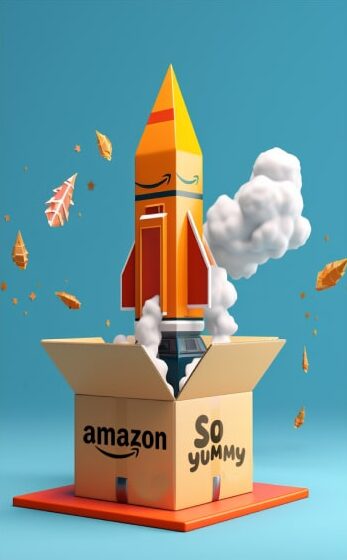McDonald’s has been making a lot of big changes recently. From installing order kiosks to offering fresh beef for their quarter pounders, it’s hard work to make sure everything about the McDonald’s experience meets the needs of their customers. That’s probably why the McDonald’s CEO makes the big bucks. Seriously — the amount he brings in would finance a heck of a lot of Big Macs.
Since people are always a bit curious, Nation’s Restaurant News ran the info of the salaries of the top 25 fast food restaurant CEOs, and those from McDonald’s were right on top of the list. CEO Steve Easterbrook, who’s had the title since 2015, took home around $21.8 million last year. But, it wasn’t always that high — Food & Wine reported that he got almost a 42% increase from the year prior. That is a raise of a lifetime. It was well worth it, as McDonald’s reportedly brought in 37.64 billion in sales last year. So, it looks like Easterbrook’s direction with the popular chain is really going places.
So, how does Easterbrook’s massive salary compare to other CEOs?
Greg Creed, who’s the CEO of Yum! Brands (which includes Taco Bell, Pizza Hut, and KFC) made $12.4 million. Kevin Johnson from Starbucks came in third at $11.5 million. After Johnson was Steve Ells from Chipotle, who reportedly made $11.1 million. Still, not a bad payday.
Back in 2013, Business Insider reported that CEOs for companies as big as McDonald’s and Starbucks, at that time, made the equivalent of $9,200 an hour. That’s…that’s a lot of dollars an hour.
The calculations were done by a financial company called NerdWallet, who also looked up the paid-per-hour equivalent for CEOs of companies like Target and Best Buy.
Even though it’s a lot of money, surely their jobs include way more than burger construction and taste-testing. Still, it’s quite the gig to have.

